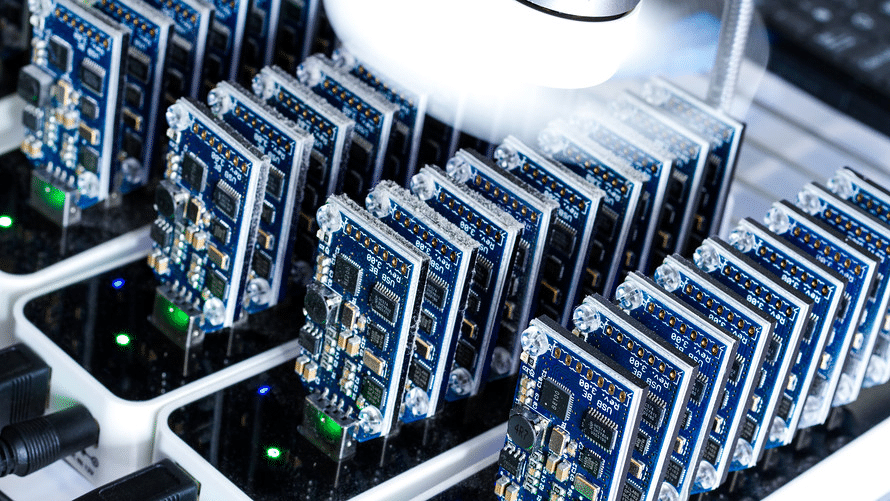TLDR;
- Texas Instruments is investing over $60 billion to build seven chip factories in Texas and Uta
- The expansion is expected to generate more than 60,000 jobs across engineering and manufacturing
- The plan strengthens U.S. efforts to reduce reliance on foreign-made chips amid intensifying competition with China
- The move is part of a broader push by the Trump administration to revive American industrial strength
Texas Instruments has announced a sweeping $60 billion investment to build and expand semiconductor fabrication plants in Texas and Utah, marking one of the most ambitious domestic chip production plans in U.S. history.
The move, which the company says will create over 60,000 new jobs, is being billed as a turning point in American industrial strategy as global tech rivalry deepens and supply chain vulnerabilities come under renewed scrutiny.
With our $60+ billion investment in U.S. manufacturing and technology leadership, we are inspiring customers such as @Apple, @Ford, Medtronic, @nvidianewsroom and @SpaceX to push the boundaries of what’s possible. Learn more here: https://t.co/JkTtb0JzEQ pic.twitter.com/wmLTVIOTer
— Texas Instruments (@TXInstruments) June 18, 2025
The company, long regarded as a foundational player in analog and embedded chip technology, said the new plants would focus on producing essential semiconductors used in everyday electronics, including smartphones, vehicles, and critical infrastructure.
The expansion is being closely coordinated with the U.S. government, particularly the Department of Commerce, which views the initiative as central to long-term national competitiveness.
Industrial History echo Forward
The partnership between Texas Instruments and the federal government is rooted in a legacy of state-backed innovation dating back to the Cold War era, when U.S. defense agencies helped fund the early semiconductor boom.
Officials are now hoping that a similar public-private model can help reverse decades of industrial outsourcing, which has left the U.S. dangerously dependent on chip production concentrated in Asia.
Commerce Secretary Howard Lutnick praised the initiative as “a generational investment that will anchor American semiconductor resilience for decades to come.” The project, he added, complements broader administration efforts to “restore American leadership in critical technologies while creating high-wage jobs here at home.”
U.S.-China Tech Standoff adds Urgency
The announcement arrives amid growing tension between Washington and Beijing, with semiconductors at the center of the geopolitical battle. As China ramps up its own production capacity under its “Made in China 2025” strategy, U.S. policymakers have become increasingly vocal about the need to reclaim control over the design and manufacturing of advanced chips.
Although the U.S. still leads in global chip design and software tools, the country has lagged in manufacturing, relying heavily on overseas fabs in Taiwan and South Korea. This dependency was exposed during the COVID-19 pandemic and has since fueled bipartisan support for reshoring semiconductor infrastructure.
Texas Instruments’ investment is seen as a tangible step toward that goal, addressing national security concerns while helping secure supply chains for both consumer and military-grade electronics.
Challenges Linger Despite Momentum Shift
Despite the fanfare, experts caution that building domestic chip plants is only part of the puzzle. The broader electronics ecosystem, particularly in smartphones and consumer devices, remains highly globalized. Manufacturing a complete device in the U.S. would require rebuilding entire supplier networks and retraining a workforce that has largely shifted away from precision manufacturing.
Some analysts argue that while reshoring semiconductors is realistic, full-scale electronics assembly in the U.S. is still cost-prohibitive and logistically complex. As it stands, most tech companies continue to rely on Asia for final assembly, even as they relocate portions of their operations stateside.
Nonetheless, Texas Instruments’ plan sends a powerful signal that the tide is turning. With political momentum, public funding, and private sector buy-in aligning, the U.S. may be closer than it has been in decades to reclaiming a central role in the global semiconductor supply chain.














